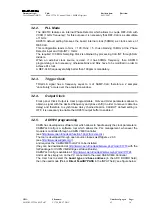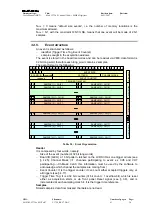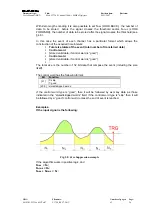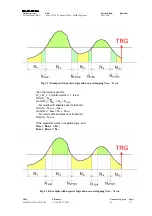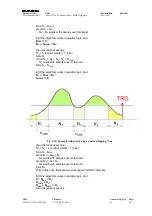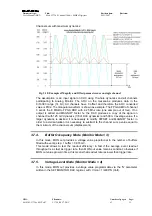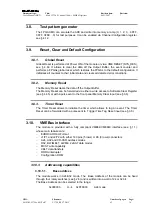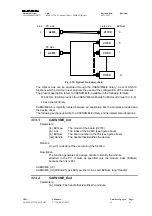
Document type:
Title:
Revision date:
Revision:
User's Manual (MUT)
Mod. V1724 8 Channel 14bit - 100MS/s Digitizer
06/11/2007
7
NPO:
Filename:
Number of pages:
Page:
00103/05:V1724x.MUTx/07 V1724_REV7.DOC
63
26
With Zero length encoding it is also possible to set N
LBK
(LOOK BACK), the number of
data to be stored before the signal crosses the threshold and/or, N
LFWD
(LOOK
FORWARD), the number of data to be stored after the signal crosses the threshold (see
§ 4.3).
In this case the event of each channel has a particular format which allows the
construction of the acquired time interval:
Total size totale of the event (total number of transferred data)
Control word
[stored valid data, if control word is “good”]
Control word
[stored valid data, if control word is “good”]
...
The total size is the number of 32 bit data that compose the event (including the size
itself).
The control word has the following format:
Bit
Function
[31]
0: skip
1: good
[20:0] stored/skipped
words
If the control word type is “good”, then it will be followed by as many data as those
indicated in the “stored/skipped words” field; if the control word type is “skip” then it will
be followed by a “good” control world, unless the end of event is reached.
Examples:
If the input signal is the following:
Fig. 3.8: Zero Suppression example
If the algorithm works in positive logic, and
N
LBK
< N
1
;
N
LFWD
< N
5
;
N
LBK
+ N
LFWD
< N
3
;







